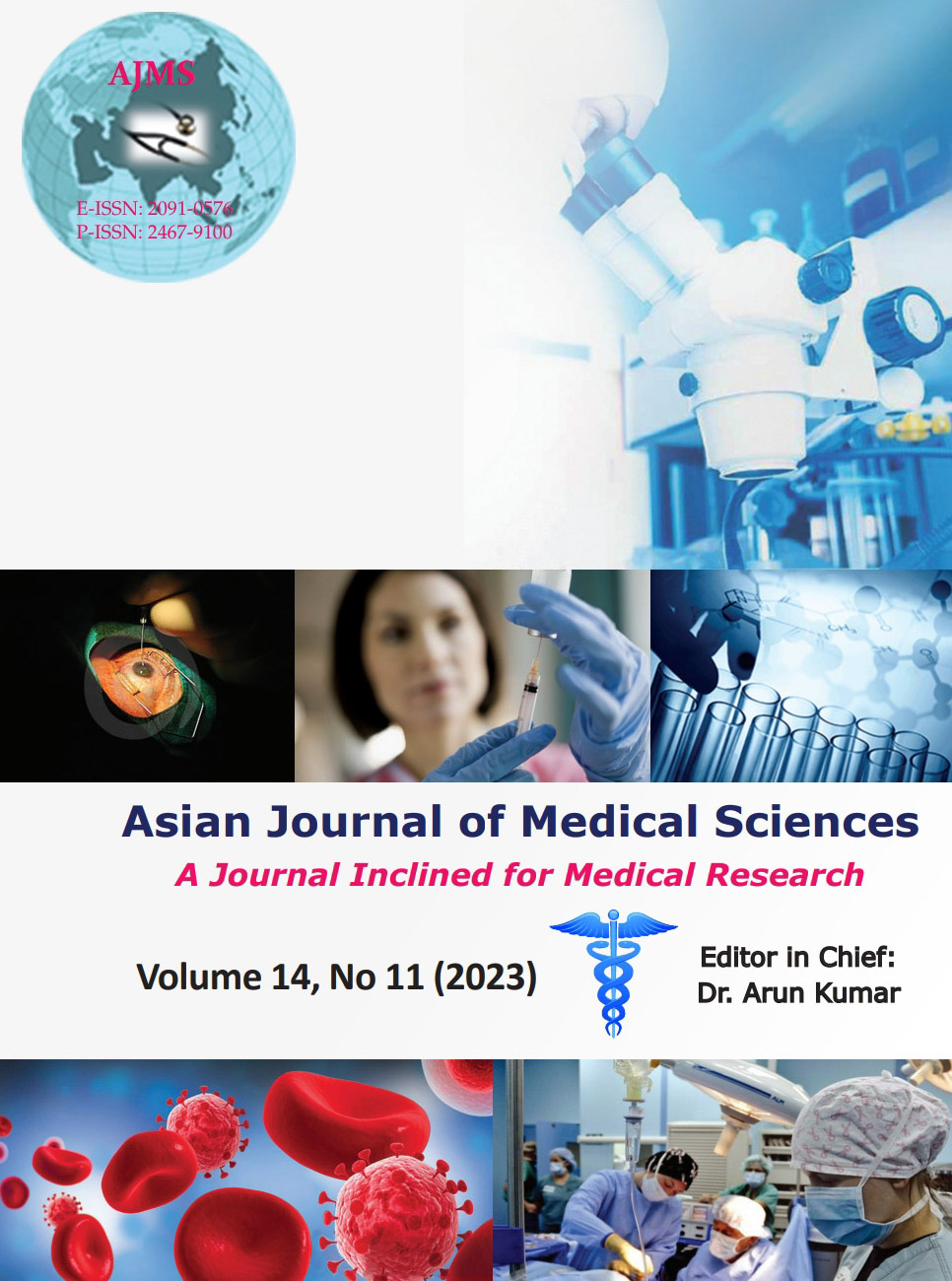Efficacy of intraoperative subanaesthetic dose of ketamine on post-operative analgesia for patients undergoing single level lumbar discectomy under general anesthesia: A placebo control randomized clinical study
Keywords:
Ketamine; Lumbar discectomy; Postoperative analgesia; Sub-anesthetic doseAbstract
Background: Sub-anesthetic ketamine is becoming increasingly popular for opioid sparing analgesic properties.
Aims and Objectives: This study was done to determine the efficacy of intraoperative infusion of sub-anesthetic dose of ketamine on post-operative analgesia in single level lumbar discectomy surgeries.
Materials and Methods: A prospective, randomized, and control study was carried on 60 patients of American Society of Anesthesiologists I and II aged between 18 and 65 years undergoing single level lumbar discectomy under general anesthesia. After induction of anesthesia, Group A received Ketamine 0.3 mg/kg intravenous (IV) bolus followed by infusion at 4 μg/kg/min and Group B received 0.9% saline bolus dose of similar volume and infusion was started at similar rate. Post-operative pain relief, opioid sparing effect, and side effects if any were recorded.
Results: There was significant difference (P<0.001) in post-operative Numeric Rating scores for initial 6 h in Group A patients compared to Group B and prolonged duration of analgesia (8.5 vs. 4.25 h) along with reduced postoperative tramadol consumption.
Conclusion: In lumbar spine discectomy, intraoperative ketamine infusion at sub-anesthetic doses produces more effective post-operative analgesia along with opioid sparing effect without any side effects.
Downloads
Downloads
Published
How to Cite
Issue
Section
License
Copyright (c) 2023 Asian Journal of Medical Sciences

This work is licensed under a Creative Commons Attribution-NonCommercial 4.0 International License.
Authors who publish with this journal agree to the following terms:
- The journal holds copyright and publishes the work under a Creative Commons CC-BY-NC license that permits use, distribution and reprduction in any medium, provided the original work is properly cited and is not used for commercial purposes. The journal should be recognised as the original publisher of this work.
- Authors are able to enter into separate, additional contractual arrangements for the non-exclusive distribution of the journal's published version of the work (e.g., post it to an institutional repository or publish it in a book), with an acknowledgement of its initial publication in this journal.
- Authors are permitted and encouraged to post their work online (e.g., in institutional repositories or on their website) prior to and during the submission process, as it can lead to productive exchanges, as well as earlier and greater citation of published work (See The Effect of Open Access).




